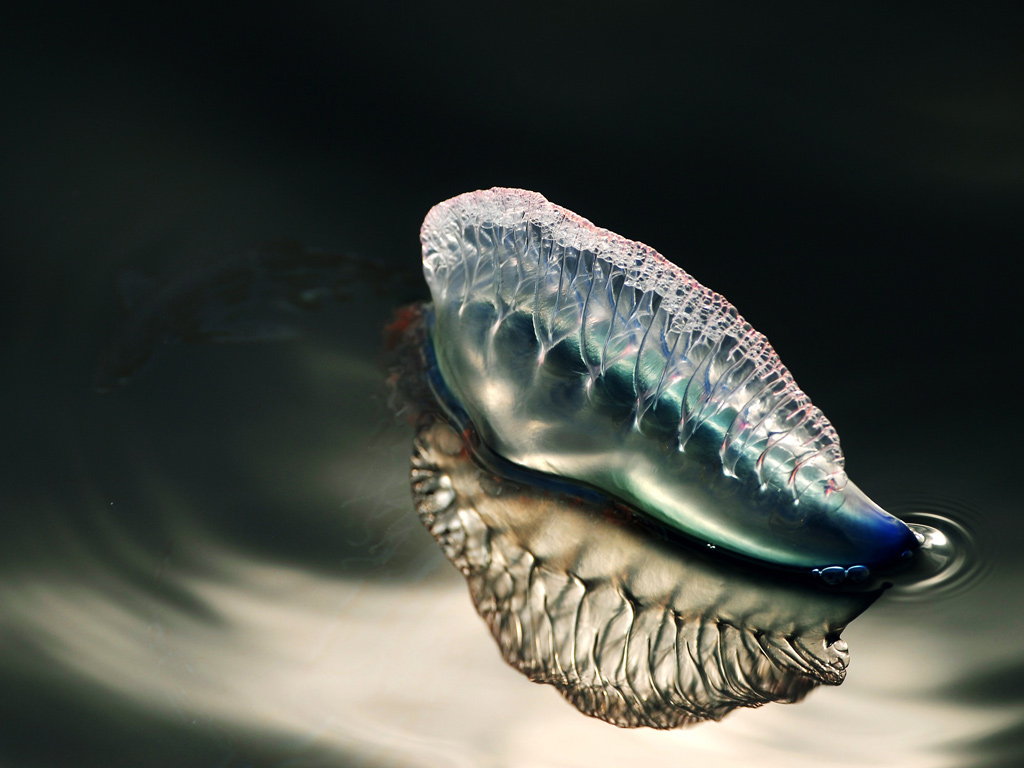In this film, based on Michael Pollan's 2001 national bestseller
The Botany of Desire, the symbiotic relationship between humans and agriculturally-significant plants is explored via four representative crops. The apple, prized for its sweetness, the tulip for its beauty, cannabis for its pleasurable intoxication, and the potato for its power over human fate. By considering the history of these four plants, from their humble origins in the wild to their modern-day place in human economy and society, the film approaches the association from a plant's perspective to ask the question: do plants "use" humans as much as we use them?

The apple is thought to have originated in Kazakhstan, and later introduced to the rest of Asia, Europe, and eventually America, where Johnny "Appleseed" Chapman played a major role in spurring the adaptation of robust apples varieties to the New World by planting seeds rather than grafting selectively-bred species onto rootstock. Today, scientists and farmers are responding to pest and disease threats to monocultured apples by harnessing the biodiversity of "old world" breeds through cross-fertilization, gene transfer, and mixed crops.

The history of the tulip is perhaps even more astonishing. From its original distribution in central Asia, the obsession over the flower's beauty blossomed to result in the "
tulip mania" of 17th century Holland, where a single tulip bulb sold for more than the grandest canal house in Amsterdam (in today's economy, equivalent to a town house on 5th Ave, or 10-15 million dollars). Although this absurd speculative bubble crashed in 1637, the obsession exists even today - with no better illustration than the Dutch Aalsmeer Flower Auction, which covers an area greater than 200 football fields and processes 19 million fresh flowers a day (roughly 30% of the world's flower market).

Few plants have had such an influence on human society as Cannabis, or
marijuana. In America alone, 750,000 arrests are made per year for possession of the plant or drug, accounting for one third of all crimes. An estimated 15 million Americans use the drug on a monthly basis. Cannabis was discovered in India and China thousands of years ago, and has since spread to almost every country where suitable climates can be accessed or simulated. Scientists in Israel have recently found that THC, the compound responsible for the plant's hallucinogenic effects, acts similarly to the brain's own molecule, anandamide - involved with the calculated "forgetting" of extraneous sensory information. Do you really need to remember every face you saw at the transit mall this morning? This connection, according to some, offers potential uses of Cannabis, or THC, in the treatment of posttraumatic stress.

And last, but not least, is the potato. Unlike the previous examples, this plant originated in the Andes range of South America before introduction to Europe in the late 16th century by Spanish conquistadors. It very quickly became the staple food source of Northern Europe, especially Ireland - facilitating the Industrial Revolution and resulting in the death of 1 million people during the potato famine of 1845. Though the Great Famine should have served as a lesson, the agricultural sector continues to practice monoculture of this crop - churning out enough Russet Burbank potatoes to provide the 7.5 million pounds of French fries eaten by Americans every year. Recent efforts have been made to integrate polyculture practices, natural pests, and genetic engineering into the potato industry to save environmental, health, and economic costs.
The take-home message? Humans are intricately woven into the web of life, with plants impacting our lives just as much as we impact the plants' lives. In order for this mutual relationship to continue and thrive, we must allow the plants to adapt just as we do ourselves, and part of that means eliminating the pervasive practices of monoculture and pesticide.
Find the PBS site on this documentary
here.
Photo credits: Apples (
ImageShack), tulips (
vo2ov), cannabis (
Susty), and potatoes (
Guardian).















